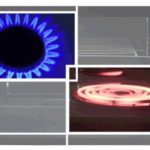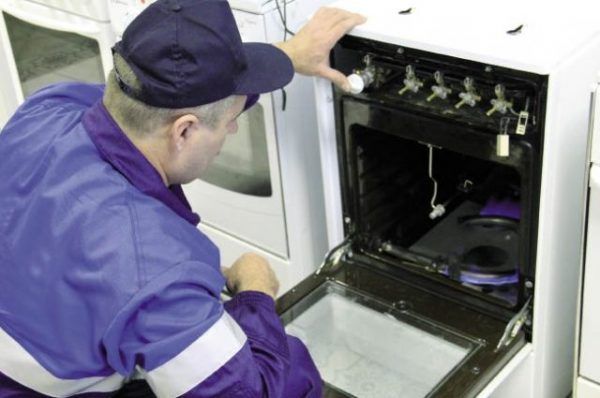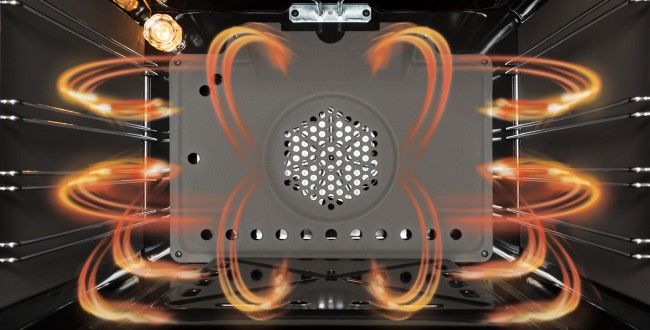Which electric stove is better, glass-ceramic or regular?
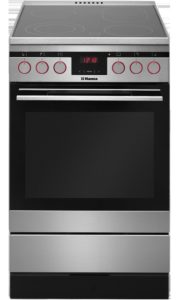 In modern multi-storey new buildings there is almost always no gas supply. This means that an electric stove remains the only option for the kitchen - and its choice should be approached as thoughtfully as possible. In this material we will consider general issues of such a choice, without considering specific models and brands.
In modern multi-storey new buildings there is almost always no gas supply. This means that an electric stove remains the only option for the kitchen - and its choice should be approached as thoughtfully as possible. In this material we will consider general issues of such a choice, without considering specific models and brands.
Glass ceramic or regular electric stove
Electric stoves come in three main varieties - with cast iron burners, with glass-ceramic coating and induction type. The latter have not yet become widespread, being outright exotic. But the first two types of electric stoves can be purchased at any hardware store.
Let's start our consideration with stoves with cast iron burners. Structurally simple and attractively priced, they are a classic budget option that will fit perfectly into any interior. From the name it follows that the heating element is a cast iron burner, which is not demanding on the quality of the bottom of the cookware, but has a certain thermal inertia. Simply put, it heats up slowly and cools down slowly.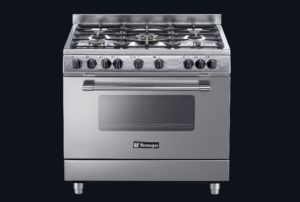
Of course, there are models on the market with express burners that have more power - but they are not without a number of disadvantages. The body of such stoves is made of stainless or enameled steel - removing residual fat from it is easy and simple. But hard sponges and cleaning products with abrasives are undesirable for it - stains and micro-scratches will lead to dulling of the surface.The oven provides uniform heating of the air within its volume, but has minimal functionality - even the convection mode is not supported by every model.
Plates with glass-ceramic surfaces are a development of the family of household appliances under consideration. Under a plate made of heat-resistant material there are heating elements that almost instantly reach operating mode. This solution looks very technological and modern - for the high-tech style this is an ideal option.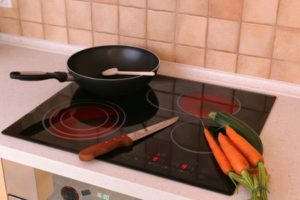
Among the minor drawbacks, the requirements for cookware should be mentioned: a flat and absolutely clean bottom is the key to successful work and the absence of scratches on the surface. Horror stories about how one drop of cold water leads to cracks and failure of the stove are a thing of the past - modern electric stoves of this type have a certain safety margin. Which does not save you from a targeted impact - breaking a glass-ceramic coating is much easier than it seems at first glance.
Important! You should also not forget about the price - a glass-ceramic electric stove is more expensive than its cast-iron counterpart.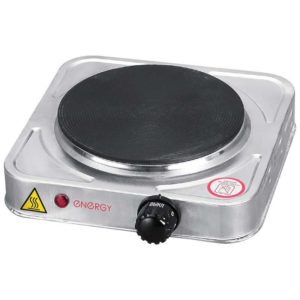
Which stove is better
Three basic factors influencing the choice of electric stove were identified above. These are cost, ease of use and appearance. Make your choice based on individual preferences - on the market you can find both high-quality electric stoves with cast iron burners and solutions based on glass-ceramic surfaces that are attractive in their functionality.


